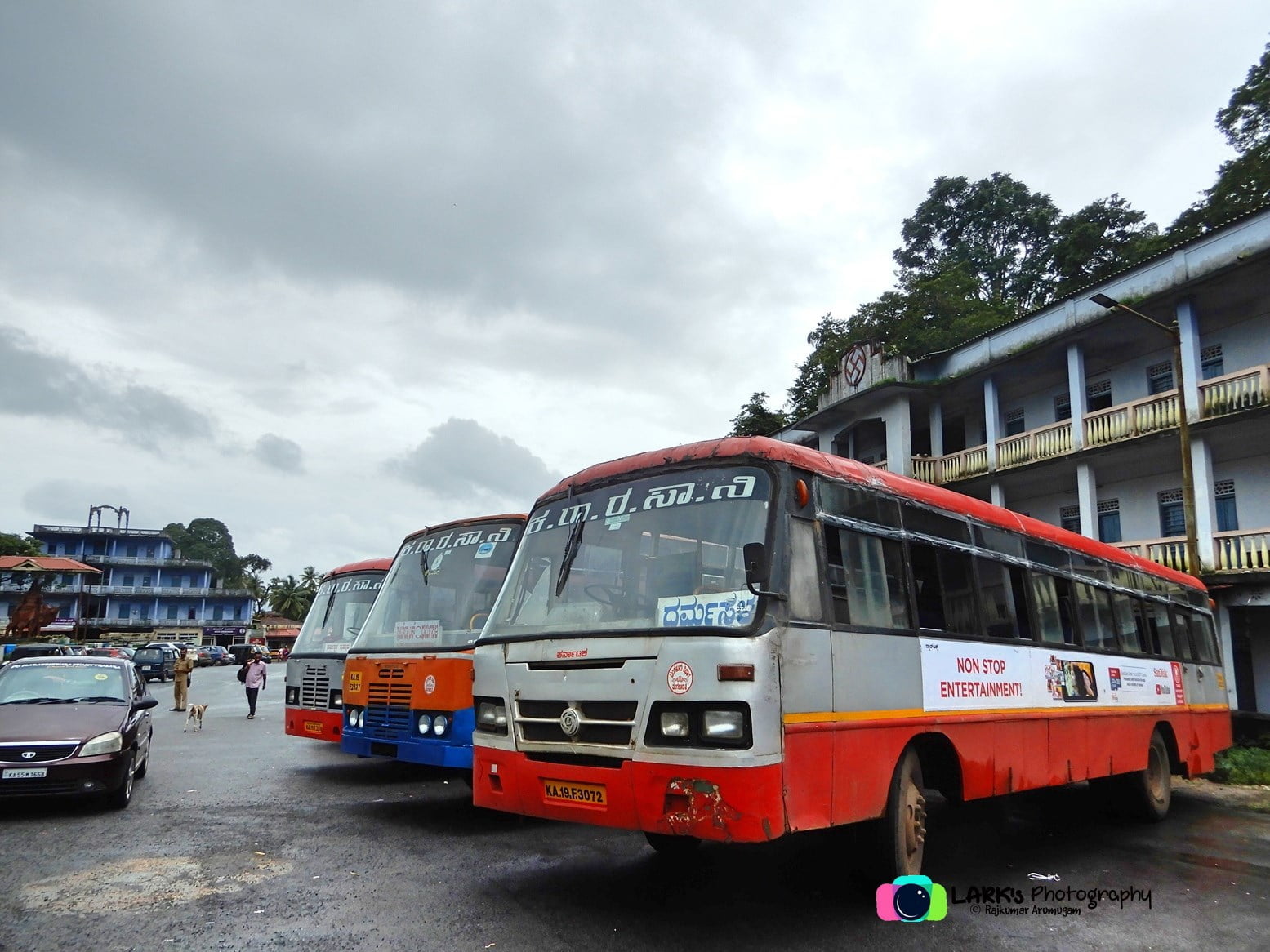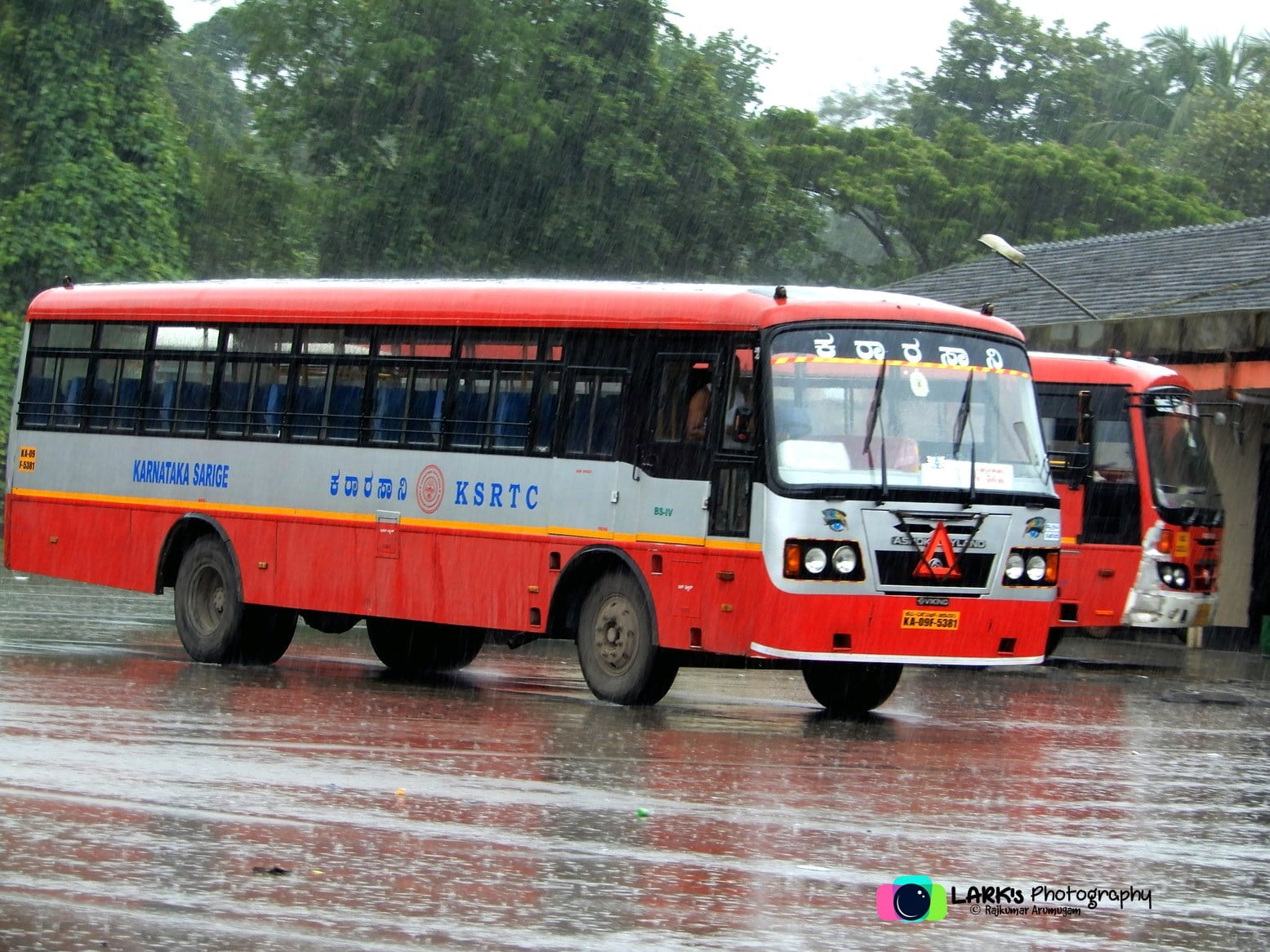Ksrtc Bus From Mysore To Dharmasthala

The lifeline connecting Mysore's historical grandeur to Dharmasthala's spiritual serenity, the Karnataka State Road Transport Corporation (KSRTC) bus service, faces increasing scrutiny amidst rising passenger demands and operational challenges. This vital artery of transport, crucial for pilgrims, tourists, and daily commuters alike, is under pressure to adapt and improve to meet the evolving needs of its diverse users.
At the heart of this issue lies the delicate balance between providing affordable, reliable transport and maintaining operational efficiency. The Mysore-Dharmasthala KSRTC route, a cornerstone of Karnataka's public transport network, has witnessed growing concerns related to bus frequency, route optimization, passenger comfort, and overall service quality, demanding immediate attention and strategic solutions to ensure its continued relevance and effectiveness.
Current State of the Mysore-Dharmasthala KSRTC Service
The Mysore-Dharmasthala route is primarily serviced by a mix of KSRTC's Rajahamsa and express buses. These buses are essential for the numerous pilgrims visiting the Shri Manjunatha Swamy Temple in Dharmasthala, one of the most revered religious sites in Karnataka.
Data from KSRTC indicates that the route experiences peak demand during weekends, festivals, and school holidays. During these periods, passengers often face difficulties securing seats, leading to overcrowding and discomfort. Complaints regarding delayed schedules and inadequate bus frequency are also prevalent during these peak times.
According to a KSRTC official, who wished to remain anonymous, "We are aware of the challenges on the Mysore-Dharmasthala route. We are working on optimizing schedules and deploying additional buses during peak seasons to alleviate passenger congestion."
Challenges and Concerns
One of the primary concerns voiced by frequent travelers is the limited number of direct buses. Many passengers are forced to take connecting buses, increasing their travel time and overall cost. This is especially challenging for elderly pilgrims and families with young children.
Another challenge lies in the condition of the existing buses. While KSRTC has been introducing newer buses to its fleet, some of the older buses operating on the Mysore-Dharmasthala route are in need of refurbishment. This affects passenger comfort, particularly on the long journey.
Furthermore, road conditions along certain stretches of the route contribute to travel delays. Uneven surfaces and ongoing road construction projects can slow down buses and impact ride quality. Safety concerns related to rash driving and inadequate enforcement of traffic regulations also persist.
Passenger Perspectives
Speaking to several passengers at the Mysore bus stand, a common sentiment emerged: a desire for more frequent, reliable, and comfortable bus services. "We often struggle to find seats, especially on weekends," said Raghavendra, a regular traveler to Dharmasthala. "A dedicated bus every hour would greatly benefit pilgrims like us."
Another passenger, Lakshmi, highlighted the need for better bus maintenance. "The buses are sometimes old and uncomfortable. They need to improve the seating and air conditioning, especially for senior citizens."
However, many passengers also acknowledge the affordability of the KSRTC service. The bus fare between Mysore and Dharmasthala remains significantly lower than private alternatives, making it a crucial transportation option for low-income individuals and families.
KSRTC's Response and Future Plans
KSRTC has acknowledged the concerns raised by passengers and has outlined several initiatives to address them. These include plans to introduce more "premium" bus services, such as Volvo and Airavat buses, on the Mysore-Dharmasthala route.
Additionally, KSRTC is exploring the possibility of optimizing bus schedules based on real-time passenger demand data. This involves using technology to track passenger movement and adjust bus frequency accordingly.
The corporation is also planning to conduct regular maintenance checks on its buses and gradually replace older vehicles with newer, more fuel-efficient models. Efforts are underway to coordinate with road authorities to improve road conditions and ensure smoother travel.
Looking Ahead
The future of the Mysore-Dharmasthala KSRTC bus service hinges on its ability to adapt to the evolving needs of its passengers. By addressing the challenges related to bus frequency, route optimization, passenger comfort, and safety, KSRTC can ensure that this vital transport link continues to serve as a reliable and affordable option for years to come. The key lies in proactive planning, data-driven decision-making, and a commitment to providing a high-quality travel experience for all.
Collaboration between KSRTC, local authorities, and passenger representatives will be crucial in achieving these goals.
Ultimately, the success of the Mysore-Dharmasthala KSRTC bus service will depend on its capacity to balance operational efficiency with passenger satisfaction, ensuring that it remains a valuable asset to the community and a symbol of connectivity between two of Karnataka's most significant destinations.




![Ksrtc Bus From Mysore To Dharmasthala KSRTC [KA-11-F-483] | Dharmasthala – Anekal | Bus Timings](https://www.tickettogetlost.com/wp-content/uploads/2018/10/ksrtc-ka-11-f-483-dharmasthala-anekal-1-1024x768.jpg)
![Ksrtc Bus From Mysore To Dharmasthala KSRTC [KA-11-F-483] | Dharmasthala – Anekal | Bus Timings](https://www.tickettogetlost.com/wp-content/uploads/2018/10/ksrtc-ka-11-f-483-dharmasthala-anekal-2.jpg)






![Ksrtc Bus From Mysore To Dharmasthala NEKRTC [KA-35-F-353] | Dharmasthala – Hosapete | Bus Timings Ticket to](https://tickettogetlost.com/wp-content/uploads/2018/09/ksrtc-nekrtc-ka-35-f-353-dharmasthala-hosapete-1.jpg?x27917)





